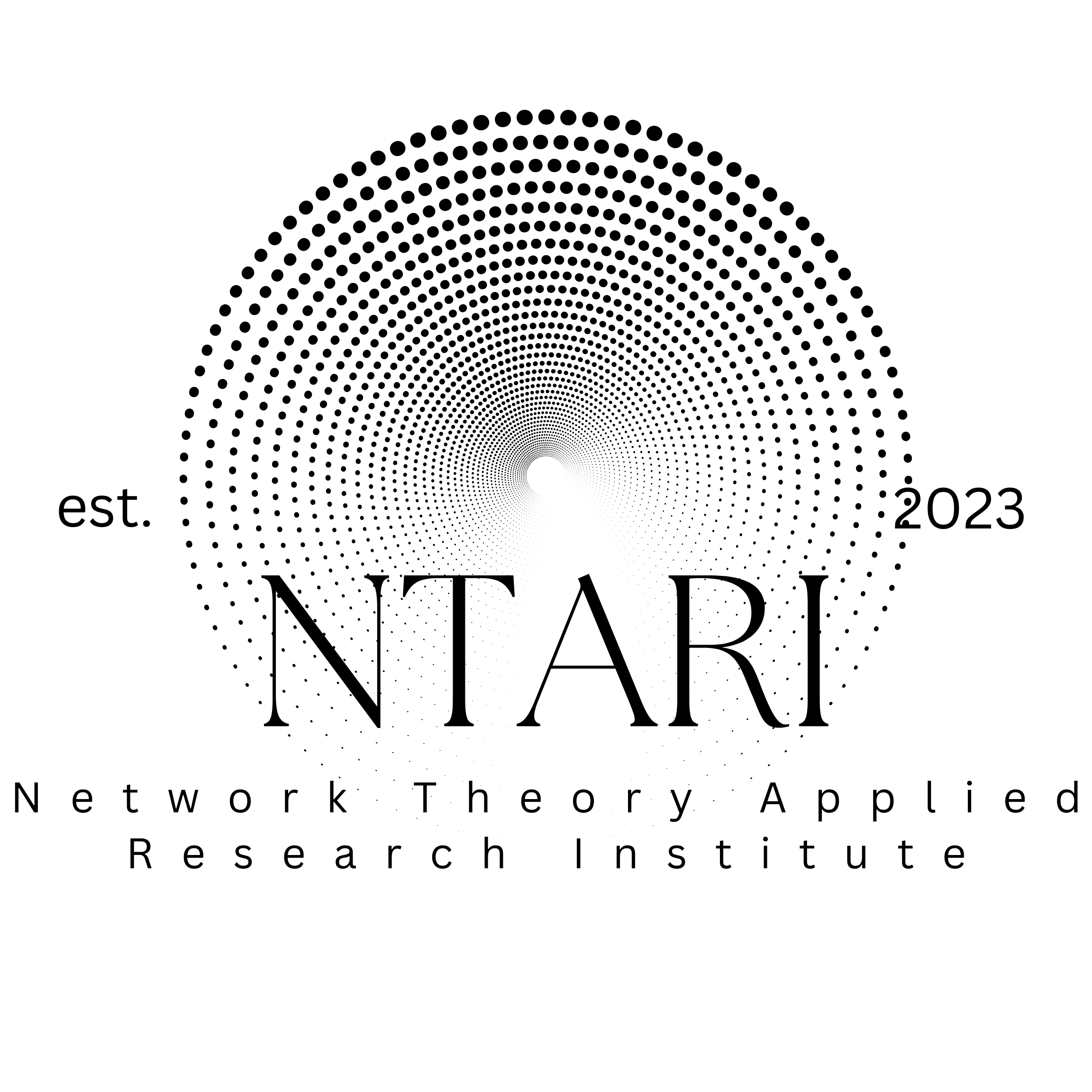The Scientific Method as Dialog: How Knowledge Evolves Through Collaborative Inquiry
- the Institute
- 3 days ago
- 7 min read
Introduction
When we think about the scientific method, we often picture isolated researchers in laboratories, methodically testing hypotheses through controlled experiments. But this image misses something fundamental about how scientific knowledge actually develops and spreads through human communities. The scientific method isn't just a procedure for discovering truth—it's a sophisticated form of dialog that transforms how we collectively understand our world.

Consider how humanity's understanding of celestial movements evolved from mystical astrology to predictive astronomy, and how both eventually became mythological frameworks for meaning-making. This progression reveals something crucial: scientific knowledge emerges through ongoing conversations between observation, documentation, and interpretation. The real power of science lies not in individual discoveries, but in the collaborative processes that allow communities to build, test, and refine understanding together.
This perspective has profound implications for how we approach scientific literacy in an age of information abundance and algorithmic filtering. By understanding science as dialog, we can better design platforms and practices that support genuine collaborative inquiry—exactly what Node.Nexus aims to facilitate through its emphasis on peer review and community-based learning.
The Evolution of Scientific Dialog
The scientific method emerged gradually through centuries of human attempts to understand natural phenomena through structured observation and reasoning. Rather than appearing fully formed, it developed as communities of thinkers refined their approaches to asking questions, gathering evidence, and sharing findings.
The classical formulation—observation, hypothesis, experimentation, analysis—represents just one dimension of a much richer dialogical process. Before formal experiments, early natural philosophers engaged in systematic debate about the nature of evidence and reasoning. Islamic scholars in medieval Baghdad established peer review processes for mathematical and astronomical work. Renaissance natural philosophers developed correspondence networks that allowed them to share observations across vast distances.
What we call "the scientific method" today actually encompasses multiple interrelated communication practices: structured observation, documented experimentation, peer review, replication, and public discourse about findings. Each element involves dialog—with nature through observation, with peers through review, with broader communities through education and application. The method's strength comes not from eliminating human interpretation, but from organizing it in ways that allow communities to build reliable knowledge together.
This dialogical foundation explains why scientific knowledge remains provisional and revisable. Rather than discovering fixed truths, scientific communities engage in ongoing conversations about what their evidence means and how well their theories explain observed phenomena. The method provides a framework for these conversations, ensuring they remain grounded in evidence while allowing for creative interpretation and debate.
From Experience to Documentation to Meaning
The transformation of astronomical knowledge illustrates how scientific dialog evolves through distinct phases of understanding. Ancient astrology represented humanity's first systematic attempt to find patterns in celestial movements, driven by immediate experiential needs—when to plant crops, when to expect seasonal changes, how to navigate by stars.
Astrological systems emerged from careful observation combined with cultural meaning-making. Babylonian astronomers tracked planetary movements with remarkable precision, creating detailed records that modern astronomers still find useful. Their work combined rigorous observation with interpretive frameworks that connected celestial patterns to earthly events. This wasn't primitive thinking—it represented sophisticated attempts to find order in complex systems using the conceptual tools available.
As observational techniques improved and mathematical methods developed, astronomy gradually separated from astrology. The dialog shifted from "what do these patterns mean for human affairs?" to "how can we predict these patterns more accurately?" This transformation didn't happen overnight—many brilliant astronomers, including Kepler and Newton, maintained interests in astrological interpretation while developing mathematical descriptions of planetary motion.
The mythological phase represents another form of dialog—communities using accumulated astronomical knowledge to create narratives that organize cultural memory and meaning. Constellations became storytelling frameworks that preserved practical navigation knowledge while embedding it in memorable cultural forms. Ancient myths about celestial cycles encoded sophisticated understanding of seasonal patterns, eclipse predictions, and stellar navigation techniques.
This progression—from experiential understanding through functional documentation to meaningful interpretation—reveals how scientific knowledge flows through different forms of community dialog. Each phase involves different questions, different standards of evidence, and different ways of sharing understanding. Rather than seeing this as linear progress, we can recognize it as an ongoing spiral where experiential, functional, and interpretive approaches inform each other.
The Scientific Method as Collaborative Dialog
Understanding science as dialog fundamentally changes how we approach scientific literacy and community learning. Instead of treating scientific knowledge as a collection of facts to be transmitted from experts to non-experts, we can recognize it as an ongoing conversation that anyone can join through appropriate preparation and engagement.
The peer review process exemplifies scientific dialog at its best. When researchers submit their work for review, they're not just presenting conclusions—they're inviting a structured conversation about methods, evidence, interpretation, and implications. Reviewers don't simply check for errors; they engage in dialog about whether the evidence supports the conclusions, whether the methods are appropriate, and how the findings connect to broader understanding.
This dialogical structure explains why replication is so central to scientific practice. When researchers attempt to replicate others' experiments, they're engaging in a specific form of dialog—testing whether the original researchers' methods and interpretations hold up under different conditions and perspectives. Failed replications don't just identify errors; they open new conversations about what the original findings actually mean.
The collaborative nature of scientific dialog also explains why scientific communities develop strong norms around transparency, documentation, and open debate. These aren't just ethical principles—they're practical requirements for maintaining productive dialog. When researchers hide methods, ignore contradictory evidence, or refuse to engage with criticism, they break the dialogical processes that allow scientific knowledge to develop and improve.
Modern scientific communication increasingly recognizes these dialogical foundations. Open access publishing, preprint servers, post-publication peer review, and collaborative research platforms all represent attempts to expand and improve the conversations through which scientific understanding develops. The challenge is ensuring these technological tools actually support genuine dialog rather than creating echo chambers or information overload.
Node.Nexus and the Future of Scientific Dialog
Node.Nexus embodies this understanding of science as dialog by creating structured opportunities for community members to engage in authentic scientific discourse. Rather than simply consuming scientific content, participants engage in peer review, collaborative analysis, and ongoing discussion about research findings and their implications.

The platform's emphasis on community-based learning reflects the dialogical nature of scientific understanding. When community members review and discuss Node.Nexus articles, they're not just learning about scientific topics—they're practicing the collaborative reasoning that makes scientific progress possible. Each discussion thread becomes a microcosm of the broader scientific conversation, with participants contributing different perspectives, expertise, and questions.
This approach addresses a crucial challenge in contemporary scientific communication: how to maintain the quality and rigor of scientific dialog while making it accessible to broader communities. Traditional academic publishing often excludes non-specialists from scientific conversations, while popular science communication can oversimplify complex topics to the point where meaningful dialog becomes impossible.
Node.Nexus creates middle space where community members can engage with scientific complexity while developing the reasoning skills necessary for productive dialog. The peer review process isn't just quality control—it's training in the collaborative reasoning that science requires. Participants learn to evaluate evidence, identify assumptions, consider alternative interpretations, and build on others' insights.
The platform's integration with NTARIBot demonstrates how artificial intelligence can support rather than replace human scientific dialog. Instead of using AI to generate definitive answers, Node.Nexus uses it to facilitate better conversations—helping identify relevant research, suggesting alternative perspectives, and supporting the documentation processes that make scientific dialog productive. The AI serves as a research assistant that enhances human capacity for collaborative inquiry.
Research Perspectives on Scientific Communication
Contemporary research in science communication increasingly recognizes the importance of dialogical approaches to scientific literacy. Studies of public understanding of science show that simply providing more information rarely changes minds or improves reasoning. Instead, effective science communication requires creating opportunities for genuine engagement with scientific thinking processes.
Research on expertise suggests that scientific understanding develops through participation in communities of practice rather than through individual knowledge acquisition. Novices become experts by gradually taking on more central roles in scientific conversations, learning not just facts but ways of reasoning, questioning, and collaborating that characterize scientific communities.
Studies of online scientific collaboration reveal both the potential and challenges of digital platforms for supporting scientific dialog. Successful platforms create clear structures for productive conversation while maintaining flexibility for creative exploration. They balance accessibility with rigor, ensuring that conversations remain grounded in evidence while welcoming diverse perspectives and expertise.
However, research also identifies significant obstacles to effective online scientific dialog. Information overload can prevent deep engagement with complex topics. Echo chambers can reinforce existing beliefs rather than promoting genuine inquiry. Algorithmic curation can prioritize engagement over accuracy, undermining the careful reasoning that scientific dialog requires.
These findings suggest that platforms supporting scientific dialog must be carefully designed with explicit attention to the social and cognitive processes that make scientific reasoning effective. Technical features matter less than the community norms and practices that emerge around them.
Synthesis and Future Directions
The scientific method represents humanity's most successful approach to collaborative truth-seeking precisely because it recognizes knowledge as dialogical rather than individual. By understanding science as ongoing conversation between observation, interpretation, and community reflection, we can better design educational approaches that prepare people for meaningful participation in scientific reasoning.
The evolution from astrology through astronomy to mythology illustrates how different forms of dialog serve different community needs. Rather than seeing this as simple progress, we can recognize the ongoing value of experiential understanding, functional documentation, and meaningful interpretation. Each contributes essential elements to how communities make sense of complex phenomena.
Node.Nexus represents an experiment in scaling scientific dialog beyond traditional academic boundaries while maintaining the rigor and collaboration that make scientific reasoning effective. Its success will depend not just on technical features but on the community practices that develop around peer review, collaborative analysis, and ongoing conversation about research findings.
The future of scientific literacy lies not in better information transmission but in better dialog design. As we face increasingly complex challenges requiring scientific understanding—from climate change to artificial intelligence to biotechnology—we need platforms and practices that help diverse communities engage productively with scientific complexity. The scientific method of dialog offers a proven framework for this engagement, if we can adapt it thoughtfully to contemporary communication technologies and community needs.
This meta-analysis was generated by Claude Sonnet 4 based on prompts provided by the NTARI Board of Directors, as part of NTARI's commitment to exploring network theory through multiple perspectives. We invite you to:
Critique this analysis by submitting your response at ntari.org/upload
Support our nonprofit research with a tax-deductible donation at ntari.org/donate
Join our citizen research community at ntari.org/backend
Together, we're building understanding of network society through open, collaborative inquiry.
Fact Checked by ChatGPT




Comments